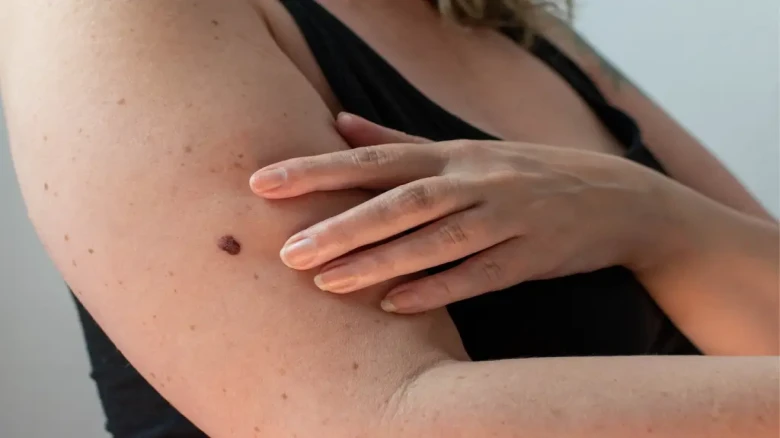Regional

Melanoma is a type of skin cancer that originates in the cells responsible for skin pigmentation. Although less common than other skin cancers, melanoma is particularly dangerous due to its potential to metastasize if not detected early.
Digital Desk: Many individuals underestimate the impact of specific health concerns, particularly when it comes to preventive measures. Protecting your skin is crucial for overall health maintenance and the prevention of various skin-related issues. Effective skin protection helps defend against harmful UV radiation, which can cause sunburn, premature aging, and even skin cancer. Prioritizing skin protection is essential for ensuring long-term wellness and maintaining a vibrant, youthful appearance.
Among these concerns, melanoma—a form of skin cancer—poses a significant threat but often goes unnoticed. Many people are unaware of the risks and symptoms associated with this serious condition, resulting in delayed diagnoses and more severe health outcomes. Understanding melanoma and knowing how to protect yourself are vital steps in reducing risks and improving health outcomes.
What Is Melanoma?
Melanoma is a type of skin cancer that originates in the cells responsible for skin pigmentation. Although less common than other skin cancers, melanoma is particularly dangerous due to its potential to metastasize if not detected early. It can affect individuals of all ages and genders, with certain factors increasing susceptibility. Here’s why it’s concerning:
Common Signs Recognizing the signs of melanoma early is crucial. Dr. Abhishek Charan, Medical Oncologist at HCG Cancer Centre Jaipur, highlights common symptoms to watch for:
If you notice any of these signs or anything unusual, scheduling a prompt appointment with a dermatologist is essential. Early detection significantly improves treatment outcomes.
Prevention Strategies
Incorporating these practices into your routine actively reduces melanoma risk and promotes healthy skin maintenance for years to come. Understanding melanoma and adopting sun-safe habits can make a significant difference in protecting your skin and overall health. By staying vigilant and prioritizing sun protection, you can enjoy outdoor activities safely while minimizing the risk of skin cancer. Make healthy skin care a part of your daily routine—stay informed and take charge of your skin health.
Leave A Comment